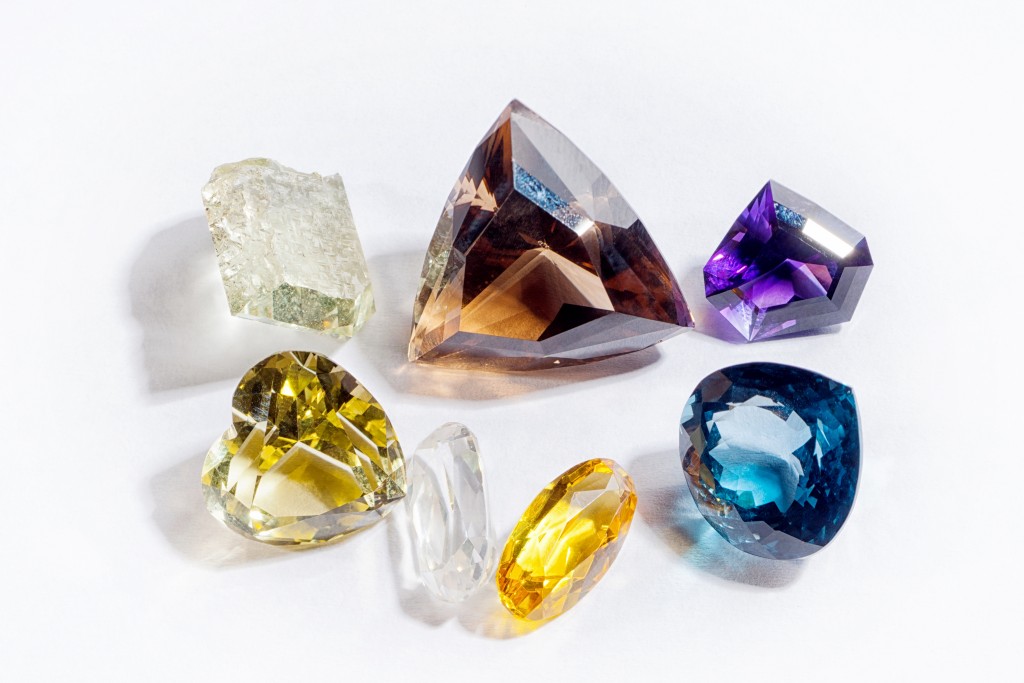They say that diamonds are a girl’s best friend, but a fake diamond can pass off as the real thing to the untrained eye. If you are looking to purchase one of these precious gemstones, you would want to educate yourself first. Shopping for gemstones can be confusing because prices can be very different for the stones and jewelry that seem to be similar. But gemstones can be a form of investment, and many people cannot tell the difference between a genuine stone or a fake one. Jewelry photo retouching services have built up many buyers’ expectations, but sometimes pictures capture a perfect moment that may be difficult to find in real life.
A lot of those jewelry ads tend to be confusing as well. Gemstones are often labeled as natural, synthetic, genuine, simulated or treated. It might be tempting to purchase a three-carat emerald being touted on the home shopping channel, but how are you supposed to know if it is the real deal or not? If you are unaware of these things, you might buy a stone that is not genuine. Before you assess whether a gemstone is a fake, it’s important to know the differences.
Natural Gemstones
A natural gemstone has no interference from human hands other than being mined, cut and polished. Though the final product will look much different from its original appearance, they have not been altered in any way. Sometimes jewelry makers facet a stone but try to retain its original form and size.
Genuine Gemstones
These are natural gemstones that have been enhanced and altered in such a way to improve their appearance. These gemstones often have flaws, such as cracks, inclusions, and even discoloration. In such cases, jewelry makers correct these flaws with treatments and enhancements. These gemstones are “genuine”, but are not considered “natural”.
Synthetic Gemstones
A synthetic gemstone would share the physical, chemical and optical attributes of a natural gemstone. But these are created in a laboratory. Gemologists would often call the older synthetics to be “too perfect”, while modern synthetic ones tend to look more natural to the naked eye. Only a seasoned gemologist could tell the difference.
Simulated Gemstones
Unlike a synthetic gemstone, these stones are in no way similar to their natural counterparts. Instead, their chemical and refractive makeup are entirely different. Jewelers consider the cubic zirconium, which has grown popular over the years to be a simulated diamond.
Identifying whether gemstones are real or fake can be a difficult task, but getting it right is essential, especially if you want to join the industry or make an investment. Here are some technologies that would make it easier.

1. Electric Diamond Testers
These small, handheld devices could help people tell the difference between a diamond and a cubic zirconium. The tester, which can easily fit into one’s pocket has a needle-like tip that should be pressed firmly on the stone’s surface. If the stone is the real thing, the device would indicate that on its display. Since diamonds are a good conductor of heat, the handheld device will detect the rate at which the heat would move through the gemstone and would indicate whether the diamond is real or not.
2. UV Fluorescence
For this type of test, you will need the use of a black light. You can shine the black light on your gem and see if it emits a glow. This has to be done in a dark room. According to a study conducted by the Gemological Institute of America (GIA), “the level of fluorescence has no widely perceptible effect on the color appearance or transparency of diamonds.”
The study further said that “roughly 30% of diamonds fluoresce to some degree. Colorless (D-F) fluorescent diamonds sell at up to a 15% discount since the fluorescence is perceived as a defect. In fact, the visible effects of Faint to Medium fluorescence are perceptible only to a gemologist using a special UV light source.” Diamonds would usually emit a blue fluorescent glow, sometimes yellow. An imitation would usually not react to an ultraviolet light.
3. Sparkle Test
With this test, you will need to use your eyes. It is the simplest way to check if a gem is a fake or not. You have to hold your gem up to the light. Take note of the white light and colored light that emits from the gem. Also, take note of the contrast of the light and dark areas.
A real diamond appears gray and white inside when held into the light. It will also reflect rainbow colors on other surfaces. On the other hand, a fake gem will only display rainbow colors when you hold it up against the light.
Buying jewelry can be difficult, and there are people who will prey on those who are unaware. It is best to make your purchases from reputable jewelry stores where you know you will get your money’s worth. You need to educate yourself so your investment will last more than a lifetime.







